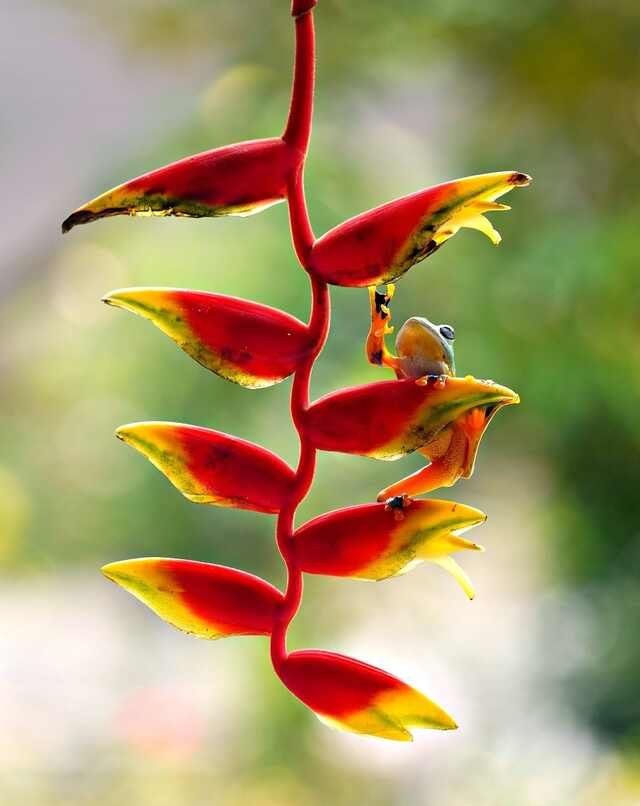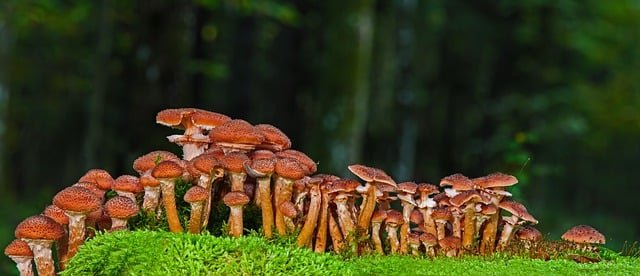Can I use the seeds of a good tasting apple to start my own apple tree? After all, many of the plants and fruits we eat are started by planting seeds. Why not apples? Let’s see some advantages…
Using seeds to Propagate Fruit Trees
Can I use the seeds of a good tasting apple to start my own apple tree? After all, many of the plants and fruits we eat are started by planting seeds. Why not apples? Let’s see some advantages…
Starting seedlings is easy and cheap. Most seedlings grow quickly and strong, so people can use them in their own orchard. However, in my home orchard, I have many pear and apple trees, and I don’t use seedling trees. Even so, with all the fruits these trees produce and are eaten by rabbits, birds, and other animals, there are lots of seeds around. Some scattered seeds, from those fallen apples, end up producing a few wild seedlings, like this one. When they are in the margins of the orchard, I left them untouched and they can grow freely, competing with other wild plants. This wild apple tree must be, at least, seven years old. This spring it has produced a few apples for the first time. Trees that develop from seeds take his time to start fruiting. Seven, eight, or more years to start producing its first fruits, is usually the norm in these cases. Unlike seedlings, grafted trees will start producing in the second or third year depending on the root stock used. The fruits are all quite small, which is also common with most trees developed from seeds. Apart from size, taste is often bitter or bland, even if the seed originated from a big and good tasting apple variety. So, why did this happen? After all, most good tasting apple varieties we grow today were developed from seeds. So, instead of these tiny fruits, do I have a chance of obtaining an apple tree that will give me big and good tasting fruits? Unfortunately, the odds are against us in that matter. Let’s see why…
Variations caused by Sexual Reproduction
Flowering plants go through a process called sexual reproduction when they want to propagate. Inside the flowers there are male and female organs but, most plants need a partner to reproduce, as usually they are self-incompatible. So, most apple varieties will only produce fruits if they can exchange genetic information with another compatible tree. Fruit will only set if pollen from a compatible plant reaches the flower female organs of another plant. This process is called pollination and in flowering plants is usually carried out by insects like bees. An orchard that has beehives nearby will produce much more fruit as the bees will carry the pollen between different plants. When the flowers are receptive, pollen from another apple variety will set fruits with seeds inside. These seeds will produce a new plant that may be quite different from its parents, as two different genetic informations are joined together. This is the reason why apple trees grown from seed are not “true-to-type” and the fruit can be so different from the original. It’s important to notice that some fruit trees are self-compatible, like most loquat varieties. The plants that originate from those seeds will be much more “true-to-type”, with less variations, than any apple tree grown from seed. So, propagating these fruit types by seeds will have a much better chance of producing good results, regarding fruit quality. Nevertheless, due to genetic lottery you might get a good apple tree using seeds, but the odds are not good. Due to variation, just a few seedlings in thousands of plants grown from seed might produce interesting fruits. These selected varieties are the ones we grow in our orchards and are propagated by asexual reproduction. Using this method to propagate assures that no variation is introduced into the new plants. And so, the fruits will be identical to the original trees that were used to propagate.
Asexual Propagation by Grafting
For asexual plant propagation,grafting is one of the most widely used methods . You just have to select a good apple variety and collect a few scions from that tree. aAhome grower might prefer flavor and disease resistance. Storage life and good adaptation to local conditions are other interesting factors. Commercial varieties don’t always account for some of these factors. So, ancient varieties are still in high demand, in home orchards. Unlike a chance seedling with grafting you can choose how tall your fruit tree will be by selecting a specific rootstock. The final tree characteristics will be the result between the genetics of the selected root stock and the fruit qualities of the grafted scion. Depending on the rootstock used a grafted apple tree can start producing excellent fruits in just two or three years, unlike the seven or eight years of trees developed from seeds. Furthermore, using scions from those selected varieties, there will be no surprises regarding fruit quality in grafted trees.
Changing varieties in seedlings using bark grafting
Nevertheless, if you have the space and time you can let some seedlings grow to see what kind of fruit they produce. If you don’t like the fruits, you can always use the seedling as a rootstock, and graft a new, better quality, variety. The bark grafting method is one of the best to use in these situations. Grafting into an established root system, you will have a new tree, very quickly. Apple trees are very easy to graft, using this method. Here’s one year old graft of a vigorous apple variety using a wild seedling as a rootstock. Don’t forget that using seedlings as rootstocks your final tree will be much taller than usual so, heavy pruning will be needed to keep it manageable.



